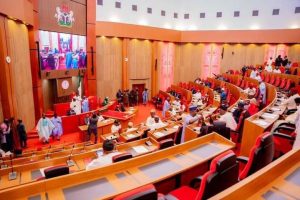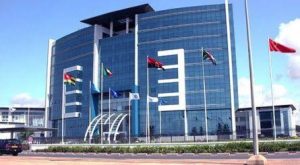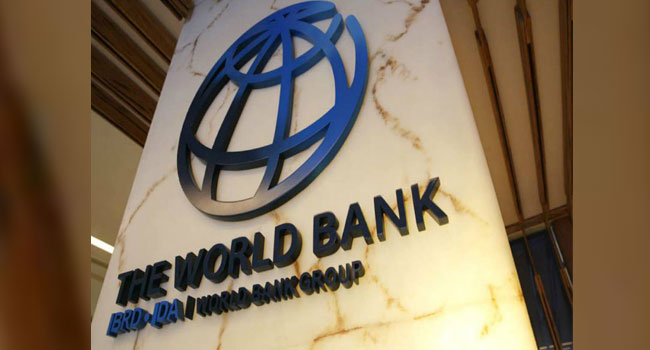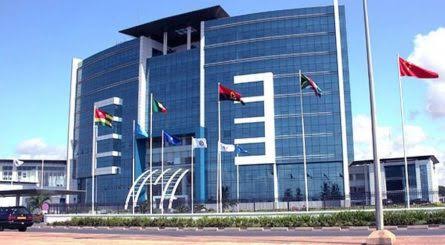Nigeria’s $700 million Sustainable Urban and Rural Water Supply, Sanitation and Hygiene Programme, aimed at bolstering access to essential WASH services and strengthening sector institutions, is facing significant implementation challenges, primarily stemming from weak institutional capacity at the sub-national level. A mid-term review conducted in late 2024 revealed a critical lack of understanding of the Programme-for-Results (PforR) instrument among state-level decision-makers. This knowledge gap has resulted in delays in budget allocation and programme execution, particularly impacting infrastructure development. Despite restructuring the programme in early 2025 to streamline disbursement-linked indicators and align with global and national frameworks, the programme’s performance remains markedly below expectations.
As of May 2025, a mere 14% of the revised $670.21 million commitment, amounting to $93.59 million, had been disbursed. The World Bank has consequently rated progress towards the programme’s development objectives as “moderately unsatisfactory.” This slow pace of disbursement reflects broader challenges in programme implementation. The programme’s target of providing basic drinking water to 6.1 million people by 2027 has seen minimal progress, with only 58,585 beneficiaries reached thus far. This significant shortfall is attributed to delays in procurement processes and inadequate planning by participating states. The verification process further highlighted discrepancies in reported figures, emphasizing the need for improved data collection and reporting mechanisms.
Performance in sanitation infrastructure development paints an even more concerning picture. Out of the seven participating states, only Katsina submitted results for verification, and even then, only one out of the reported 86 sanitation facilities met the programme’s stipulated standards. This starkly underscores the challenges in ensuring quality control and adherence to established guidelines. Similarly, the construction of institutional WASH facilities in schools and healthcare centres faced considerable setbacks. Only 22 out of the 43 submitted facilities met the required standards, attributed to delayed procurement and a lack of understanding of design specifications. This highlights the need for enhanced technical capacity and closer monitoring of construction processes.
The capacity development component of the program, while showing some progress in establishing State Programme Implementation Units and staffing, is hampered by systemic issues. Varied accounting software across different states creates difficulties in consolidating financial reports, hindering effective tracking of expenditure and progress. Despite the establishment of gender-based violence committees and grievance redress mechanisms, other critical performance indicators lag significantly. The complete absence of women in newly created engineering or technical roles and the limited representation of women in leadership positions within WASH community groups, often confined to financial roles, highlight persistent gender disparities within the sector.
Furthermore, progress towards achieving community-wide sanitation targets has been negligible. The indicator for access to improved sanitation facilities in urban areas remains at zero, and no results have been recorded for community-led sanitation initiatives, including open defecation-free verification. This points to a significant gap in community engagement and mobilization, crucial elements for driving sustainable sanitation improvements. The confusion surrounding this disbursement-linked indicator further underscores the need for clearer guidelines and enhanced understanding among stakeholders.
The World Bank’s assessment points to a high risk of the programme failing to achieve its objectives if the identified capacity gaps at the state level are not addressed urgently. These challenges encompass not only technical and managerial capacity but also a fundamental understanding of the programme’s structure and objectives. The existing political and fiduciary risks, also rated as “high,” further compound the challenges, contributing to an overall “substantial” risk rating for the programme. With the programme’s closing date set for June 2027, concerted efforts are required to accelerate implementation, address the systemic bottlenecks, and ensure that the intended benefits reach the targeted populations.














